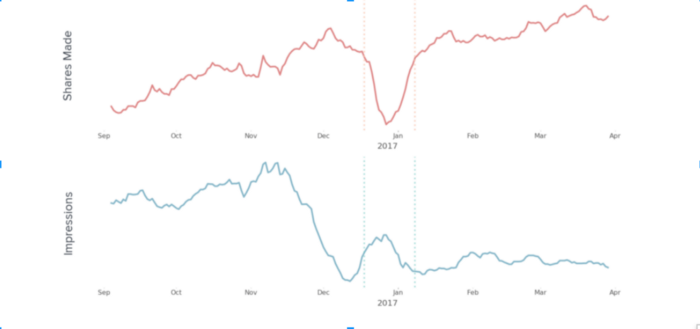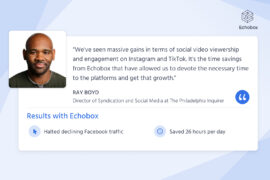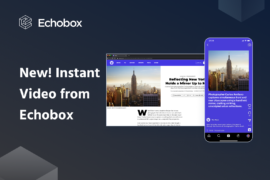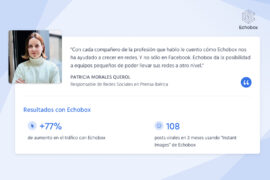In our latest data deep-dive we analyse three years of data to show that publishers tend to become less active on social media during Christmas even though impressions increase during the holidays. As a result, publishers are missing out on valuable traffic. We recommend that publishers keep up a high volume of shares between Christmas and the New Year to capitalise on the potential of this most special time of year.
It’s beginning to look a lot like Christmas, so publishers — like most companies — are preparing to make the most of the festive season with reduced staff numbers. One challenge publishers face is uncertainty around how audiences behave when Christmas is coming, particularly on social media which has become a crucial distribution channel.
With a wealth of data and sophisticated methods of analysis at our disposal, we examined what happens on social media while the jingle bells are ringing. As in our pieces debunking Facebook audience tagging and predicting the French and German elections, we again used an aggregate model of traffic data across a large number of international publishers to provide data-backed advice on best practice for anyone seeking to optimise their social media activity during the Christmas period.
We examined social media data from both Facebook and Twitter, and found that overall impressions increase during the Christmas holidays each year, despite a lower volume of shares prevalent across various different types of publishers. As a result, many publishers are missing out on valuable Christmas traffic.
To examine traffic patterns over the holidays, we looked at data from 2014, 2015 and 2016. For each year, we compared the period between 1st December and 17th December to the holiday period, defined as the days from 18th December to 7th January. We found that impressions are unusually high during the holiday period whereas the number of shares falls each year.
We began by examining last Christmas. In 2016, aggregate daily impressions for all shares increased by 12% during the holiday period. At the same time, the number of shares decreased by 8.0% compared to early December.

Note: In November 2016, Facebook reported a bug that affected the way the platform’s analytics calculated impressions. Facebook failed to de-duplicate repeat visitors, which left impressions unrealistically high between May 2016 and November 2016. Thus, the decline seen at the end of November 2016 should not be interpreted as a significant change in impressions.
We found similar patterns in 2015 and 2014, so last year was not an outlier. During the 2015 Christmas holidays, publishers shared 16.9% less content on social media than in the first half of December. In 2014, the figure was 15.2%.

This leads us to expect that we will again see the same pattern of behaviour in 2017. On the one hand, many publishers and others on social media are going to let their level of activity taper off towards the end of the year, as less content is produced and fewer staff are available to manually schedule material on Facebook and Twitter.
Our data thus highlights a clear opportunity for publishers to showcase quality content during the most wonderful time of the year.
This may seem an unrealistic goal given that many staff are absent and processes are wound down in anticipation of the Christmas break. However, we are convinced that intelligent automation using Echobox can address this challenge. We recommend that our clients use as many of Echobox’s artificial intelligence (AI) features as possible, including our new features which allow bulk upload and AI-driven distribution of evergreen content. Using AI enables publishers to maintain a high posting frequency, and with less competition on social media this in turn will bring in substantial additional traffic during this period. The holiday nights should not be silent nights on publishers’ social feeds.



